Seriously high resolution image of Pluto (colour enhanced) 64 megapixel
https://www.nasa.gov/sites/default/files/thumbnails/image/crop_p_color2_enhanced_release.png
Seriously high resolution image of Pluto (colour enhanced) 64 megapixel
https://www.nasa.gov/sites/default/files/thumbnails/image/crop_p_color2_enhanced_release.png
Weird snakeskin texture
http://www.nasa.gov/sites/default/files/thumbnails/image/snakeskin_detail.png
Am I imagining things, or does Pluto have two starey eyes, and a sticking out nose?
Very bloody impressive.
The Rev Dodgson said:
Am I imagining things, or does Pluto have two starey eyes, and a sticking out nose?
Could just be the reflection off the screen
Who decides – and how do they decide – which way is up in these pictures? It seems somewhat arbitrary to me, but the images all seem to have the same orientation.
btm said:
Who decides – and how do they decide – which way is up in these pictures? It seems somewhat arbitrary to me, but the images all seem to have the same orientation.
North is up, and north is defined by rotation
btm said:
Who decides – and how do they decide – which way is up in these pictures? It seems somewhat arbitrary to me, but the images all seem to have the same orientation.
up might be related to the camera position on the spacecraft
CrazyNeutrino said:
btm said:
Who decides – and how do they decide – which way is up in these pictures? It seems somewhat arbitrary to me, but the images all seem to have the same orientation.
up might be related to the camera position on the spacecraft
scratch that
dv said:
btm said:
Who decides – and how do they decide – which way is up in these pictures? It seems somewhat arbitrary to me, but the images all seem to have the same orientation.
North is up, and north is defined by rotation
Rotation about the Sun, or about the body’s axis? If the latter, I assume the north-rotation relationship would match the Earth’s (so a left-hand rule: if the body’s rotating from left to right as the camera’s facing it, north is up). There are some bodies in the Solar System (Venus and Uranus, for example) that rotate in the opposite direction to Earth; is their north defined the same way, so it points in the opposite direction to Earth’s north?
The body’s axis
Weird & spooky planet.
dv said:
Weird snakeskin texturehttp://www.nasa.gov/sites/default/files/thumbnails/image/snakeskin_detail.png
So what in tarnation caused that?
Bubblecar said:
dv said:
Weird snakeskin texturehttp://www.nasa.gov/sites/default/files/thumbnails/image/snakeskin_detail.png
So what in tarnation caused that?
I do not know.
Pluto did not disappoint.
dv said:
Bubblecar said:
dv said:
Weird snakeskin texturehttp://www.nasa.gov/sites/default/files/thumbnails/image/snakeskin_detail.png
So what in tarnation caused that?
I do not know.
Pluto did not disappoint.
Looks like it’s had a huge comb dragged over it while it was still wet.
interesting surface, it has
A permanent orbiting camera would be great, one that can do the whole dwarf planet.
CrazyNeutrino said:
interesting surface, it has
A permanent orbiting camera would be great, one that can do the whole dwarf planet.
Google should expand its operations to planet cams
They probably have their reasons but I find it strange that they sent something all that way simply for a quick fly past and some hurried snaps out the window…
furious said:
- A permanent orbiting camera would be great, one that can do the whole dwarf planet.
They probably have their reasons but I find it strange that they sent something all that way simply for a quick fly past and some hurried snaps out the window…
Placing it into orbit would have basically meant increasing the mission mass, and cost, by about a factor of 5.
It was presumably flying at an astronomical speed, so would have required a lot of fuel to enter orbit.
A smaller probe that gets ejected on the way past maybe? They’ve done that kind of thing before, haven’t they?
furious said:
- Placing it into orbit would have basically meant increasing the mission mass, and cost, by about a factor of 5.
A smaller probe that gets ejected on the way past maybe? They’ve done that kind of thing before, haven’t they?
I’m not aware of any flyby that has, incidentally, put a small craft into orbit. The bottom line is that there is a limit to how small a craft can be and still communicate with earth from out there. They had to run pretty lean to get this on an Atlas V launcher as it was.
dv said:
furious said:
- Placing it into orbit would have basically meant increasing the mission mass, and cost, by about a factor of 5.
A smaller probe that gets ejected on the way past maybe? They’ve done that kind of thing before, haven’t they?
I’m not aware of any flyby that has, incidentally, put a small craft into orbit.
Ya just can’t fling out a smaller probe, how the hell does it slow down and get into orbit. It would require its own rocket engine, fuel et al. Suddenly it’s not so small and your mission creep has stuffed up your mission.
I think that I was thinking Cassini but its ejection was a lander, not an orbiter….
Bubblecar said:
dv said:
http://www.nasa.gov/sites/default/files/thumbnails/image/snakeskin_detail.png
Looks like it’s had a huge comb dragged over it while it was still wet.
It has to be either wind or evaporation. If wind, then it’s a bit like a transition from Barchan to longitudinal dunes, wind blowing from left to right. If evaporation, then it’s picking out flow features in the (solid nitrogen?) ice, flow from left to right.
dv said:
https://www.nasa.gov/sites/default/files/thumbnails/image/crop_p_color2_enhanced_release.png
Failed to open for me. From web I guess that this is an 8000*8000 picture of the whole of Pluto in colour. Is there another copy somewhere?
For a webpage giving links to more highres Pluto images see:
http://www.nasa.gov/feature/perplexing-pluto-new-snakeskin-image-and-more-from-new-horizons
This one does open, it’s 5200*1400 pixels and gives the highest resolution of the surface so far. It’s prettier if you scan right.
http://www.nasa.gov/sites/default/files/thumbnails/image/lorri_rider.png
I don’t know how you would do that but, then again, I wouldn’t know how to get a craft to pluto in the first place…
sibeen said:
Ya just can’t fling out a smaller probe, how the hell does it slow down and get into orbit. It would require its own rocket engine, fuel et al. Suddenly it’s not so small and your mission creep has stuffed up your mission.
http://images2.fanpop.com/image/photos/9100000/Wolf-In-The-Fold-scotty-9195051-500-379.jpg
sibeen said:
Ya just can’t fling out a smaller probe, how the hell does it slow down and get into orbit. It would require its own rocket engine, fuel et al. Suddenly it’s not so small and your mission creep has stuffed up your mission.

I just reread it in the accent and it fits!
Sibeen canna change the laws of physics.
sibeen said:
dv said:
furious said:
- Placing it into orbit would have basically meant increasing the mission mass, and cost, by about a factor of 5.
A smaller probe that gets ejected on the way past maybe? They’ve done that kind of thing before, haven’t they?
I’m not aware of any flyby that has, incidentally, put a small craft into orbit.
Ya just can’t fling out a smaller probe, how the hell does it slow down and get into orbit. It would require its own rocket engine, fuel et al. Suddenly it’s not so small and your mission creep has stuffed up your mission.
Aye… even a lander would require propulsive braking because there is no significant atmosphere
Most interesting, thanks for that Deevs.
sibeen said:
dv said:
furious said:
- Placing it into orbit would have basically meant increasing the mission mass, and cost, by about a factor of 5.
A smaller probe that gets ejected on the way past maybe? They’ve done that kind of thing before, haven’t they?
I’m not aware of any flyby that has, incidentally, put a small craft into orbit.
Ya just can’t fling out a smaller probe, how the hell does it slow down and get into orbit. It would require its own rocket engine, fuel et al. Suddenly it’s not so small and your mission creep has stuffed up your mission.
Could Fluid/dynamic motion be applied to spaceship trajectories?
Fluid motion allows a robot to use 40% less energy without losing speed
http://www.geek.com/chips/fluid-motion-allows-a-robot-to-use-40-less-energy-without-losing-speed-1632296/
http://tokyo3.org/forums/holiday/?main=http%3A//tokyo3.org/forums/holiday/topics/6437/
From: mollwollfumble
ID: 769575
Subject: re: Fluid motion allows a robot to use 40% less energy without losing speed
Cymek said:
CrazyNeutrino said: Fluid motion allows a robot to use 40% less energy without losing speed If you’ve ever watched an industrial robot in action it’s clear to see they are very fast, very precise, and very repetitive. They can work much faster than a human doing the same task, and scaled up it can produce a much more efficient production line. However, their efficiency is surprisingly not great when it comes to energy use. more.. I wonder how industrial robots energy requirements compare in costs to a human, is it cheaper in electricity than it would be to feed a person to do the same job less efficiently“fluid” is the wrong word here. “dynamic” is better.
I’ve been saying this for many years. Every robot needs to be designed by solving Newton’s equation of motion (conservation of momentum), and optimised using a technique similar to “critical damping”. But this is missing from so many robots that it’s a crime. Industrial robot design both for parts assembly and for legged robots has so far ignored the existence of momentum. Although in the past couple of years a few robot legs have taken this into account, one pair of robot legs reduces energy usage by more like 99% than 40%.
==
Could that theory be applied to spaceship trajectory?
CrazyNeutrino said:
Could that theory be applied to spaceship trajectory?
Yes.
Would it improve the fuel used…no.
furious said:
- Ya just can’t fling out a smaller probe, how the hell does it slow down and get into orbit.
I don’t know how you would do that but, then again, I wouldn’t know how to get a craft to pluto in the first place…
It could be done, and it’s a good idea.
If the object to orbit has a thick atmosphere then slow down using aerobraking, as has already been done with Beagle, Huygens, the Galileo probe and the pair of balloon probes from Vega 1 and 2. But Pluto doesn’t have an atmosphere.
New Horizons launched at 478 kilograms; which includes 77 kilograms of hydrazine propellant and a 30-kilogram science instrument payload. Compare Voyager that launched with a mass of 722 kg, and Cassini-Huygens with a mass of 2500 kg.
There is a coffee table book (I’ll find the title only if you’re seriously interested) written pre-New Horizons that includes calculations of all the basic requirements for a spacecraft to go into orbit about Pluto.
Slowing a small probe down from 16.2 km/s. What would it take? The Beagle including heat shield was 69 kg and without heat shield was 33 kg. Hydrazine is a monopropellant, so easy to use. Look, I don’t feel like calculating the propellant weight right now for a payload mass of 33 kg slowed down from 16.2 km/s, but it’s not excessive.
mollwollfumble said:
furious said:
- Ya just can’t fling out a smaller probe, how the hell does it slow down and get into orbit.
I don’t know how you would do that but, then again, I wouldn’t know how to get a craft to pluto in the first place…
It could be done, and it’s a good idea.
If the object to orbit has a thick atmosphere then slow down using aerobraking, as has already been done with Beagle, Huygens, the Galileo probe and the pair of balloon probes from Vega 1 and 2. But Pluto doesn’t have an atmosphere.
New Horizons launched at 478 kilograms; which includes 77 kilograms of hydrazine propellant and a 30-kilogram science instrument payload. Compare Voyager that launched with a mass of 722 kg, and Cassini-Huygens with a mass of 2500 kg.
There is a coffee table book (I’ll find the title only if you’re seriously interested) written pre-New Horizons that includes calculations of all the basic requirements for a spacecraft to go into orbit about Pluto.
Slowing a small probe down from 16.2 km/s. What would it take? The Beagle including heat shield was 69 kg and without heat shield was 33 kg. Hydrazine is a monopropellant, so easy to use. Look, I don’t feel like calculating the propellant weight right now for a payload mass of 33 kg slowed down from 16.2 km/s, but it’s not excessive.
OK, I’ve twisted my arm.
The coffee table book is Bill Yenne “Interplanetary spacecraft” 1988 Bison Books. It describes a spacecraft to be put into Pluto orbit.
Payload weight 45 to 55 kg. Propellant weight 325 kg (mostly solid fuel). Propellent-related hardware 35 kg. Liquid fuel Hydrazine (N2H4) with nitrogen tetroxide (N2O4). Engine weight 7 kg. Tanks aluminium spheres, 65 cm diameter each, 3 kg each. Plumbing fixtures and fittings 1.2 kg. Unburnt propellant 3.5 kg. Bracketry 5.5 kg.
Scientific subsystems
Two off-the-shelf Sony CCD camera DXC-102 f1.4 lens, 0.8 kg, 2 5/8” * 2 3/8” * 8”, low light performance 30 lux, 6 Watts, 320 lines, no magnetic deflection or convergence circuit, 0 to 40 degrees C, so needs a heating blanket.
Spectrometer, 2000 cell “fish group” scanner with filter bins, many options, to 1.0 micron IR.
Camera platform. Spin stabilized spacecraft with despun computer + camera platform. Communications through the spin using a fibre optic link. “Marine companies make them for rotating underwater joints”
Celestial mechanics: 2-way Doppler in flight
Charged Particle detector & cosmic ray spectra : atomic composition of cosmic rays protons & electrons from 0.05 to 800 MeV eg. 7.5 kg, 8.25 Watts including heater of 2.8 Watts.
Infrared spectroscopy & radiometry
Interplanetary solar wind
Low energy charged particle
Magnetometers, eg. 5.5 kg & 2.1 Watts
Meteoroid detector: puncturing of 234 nitrogen filled cells, pressure drop rate
Occultation
Particles and dust: reflected sunlight
Photopolarimetry: using polarization to identify molecules, aerosols etc.
Planetary radio astronomy, 7.5 kg & 6.7 Watts
Trapped radiation: Cerenkov & scintillation counters
Plasma investigation: solar wind using “Faraday cup” detectors 10 kg & 9.9 Watts
Plasma wave: 10 m long antennas 1.5 kg & 1.6 Watts
Radio wave attenuation: occultation: S and X-band at 9.4 to 28.3 Watts, 3.5 m antenna
Ultraviolet photometer: scattered solar etc.
Ultraviolet spectrometer: 4.5 kg & 2.5 Watts
Note that the above (total launch weight 420 kg) is for putting the whole spacecraft into Pluto orbit, making it slightly lighter than the final New Horizons Pluto flyby probe with launch weight 478 kg. Because that design was published in 1988, the optics of the New Horizons probe are much better.
dv said:
Seriously high resolution image of Pluto (colour enhanced) 64 megapixelhttps://www.nasa.gov/sites/default/files/thumbnails/image/crop_p_color2_enhanced_release.png
That link doesn’t work for me, but I can get to the image from —- oh darn, that’s only 2000*2000. I was expecting 5000*5000.
http://www.nasa.gov/image-feature/the-rich-color-variations-of-pluto
On Pluto, did you notice the rivers that aren’t rivers?
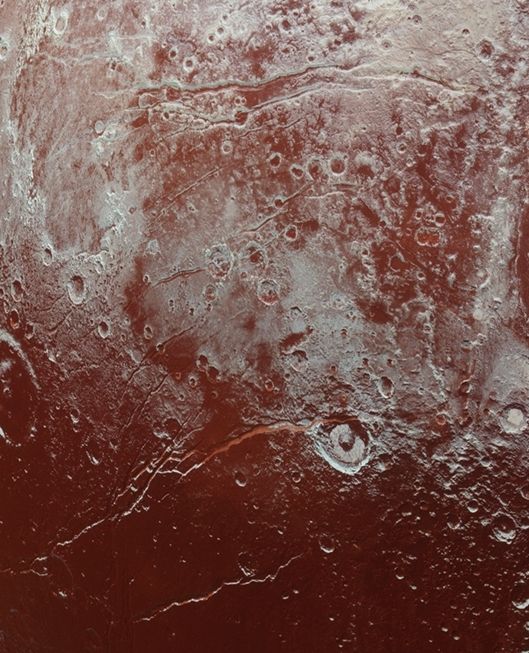
There are also rivers that aren’t rivers also on the Moon.
http://saturniancosmology.org/juergens/schroeter.jpg
http://saturniancosmology.org/juergens/hadleyrille2.jpg
And on Mars.
http://www.lpi.usra.edu/education/resources/s_system/channel0.gif
https://upload.wikimedia.org/wikipedia/commons/thumb/9/92/VallesMarinerisHuge.jpg/800px-VallesMarinerisHuge.jpg
You sure that link doesn’t work for you?
This image from apod looks strangely reminiscent of Earth. But it really is of Pluto. The mountains are 3.5 km high.
The image below is size-reduced. Click here for Full size

Don’t forget Hi-res photos of Charon. Here are five. More interesting than our Moon, aren’t they.
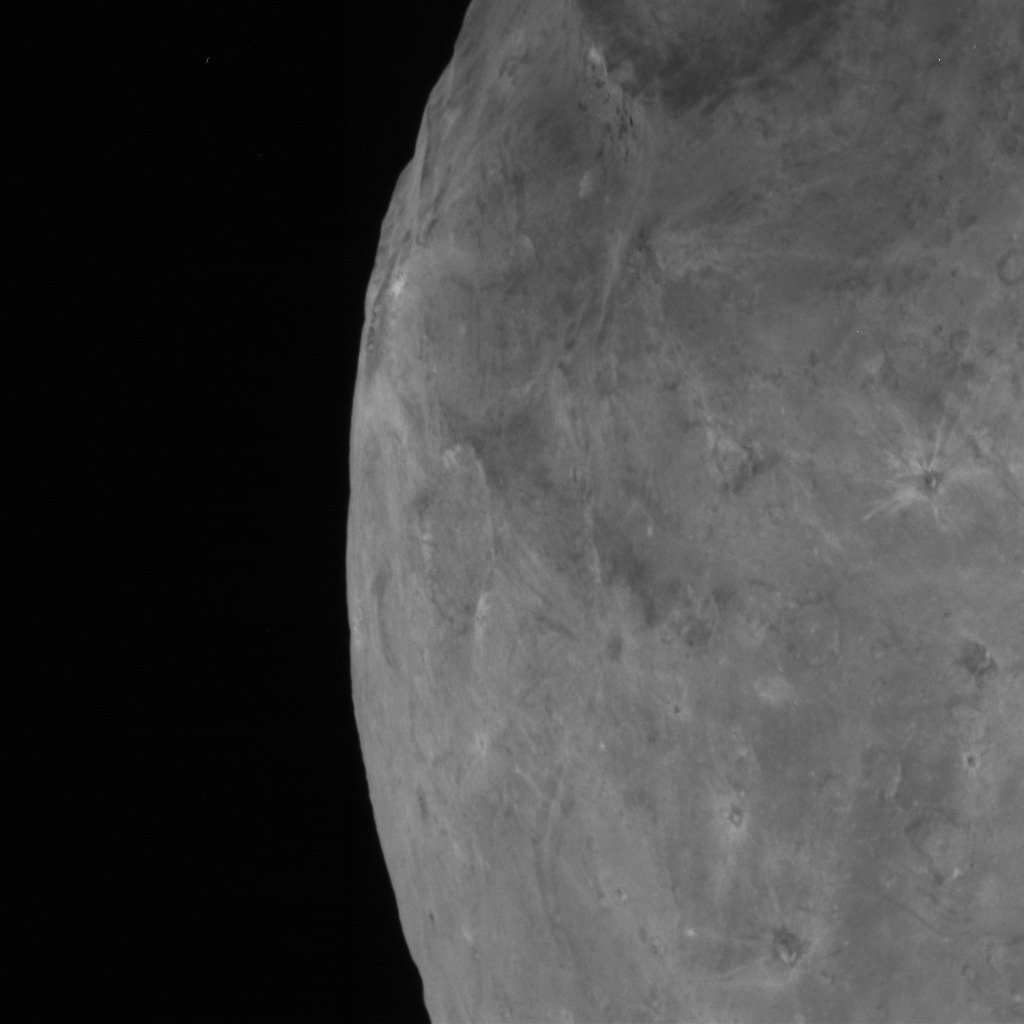
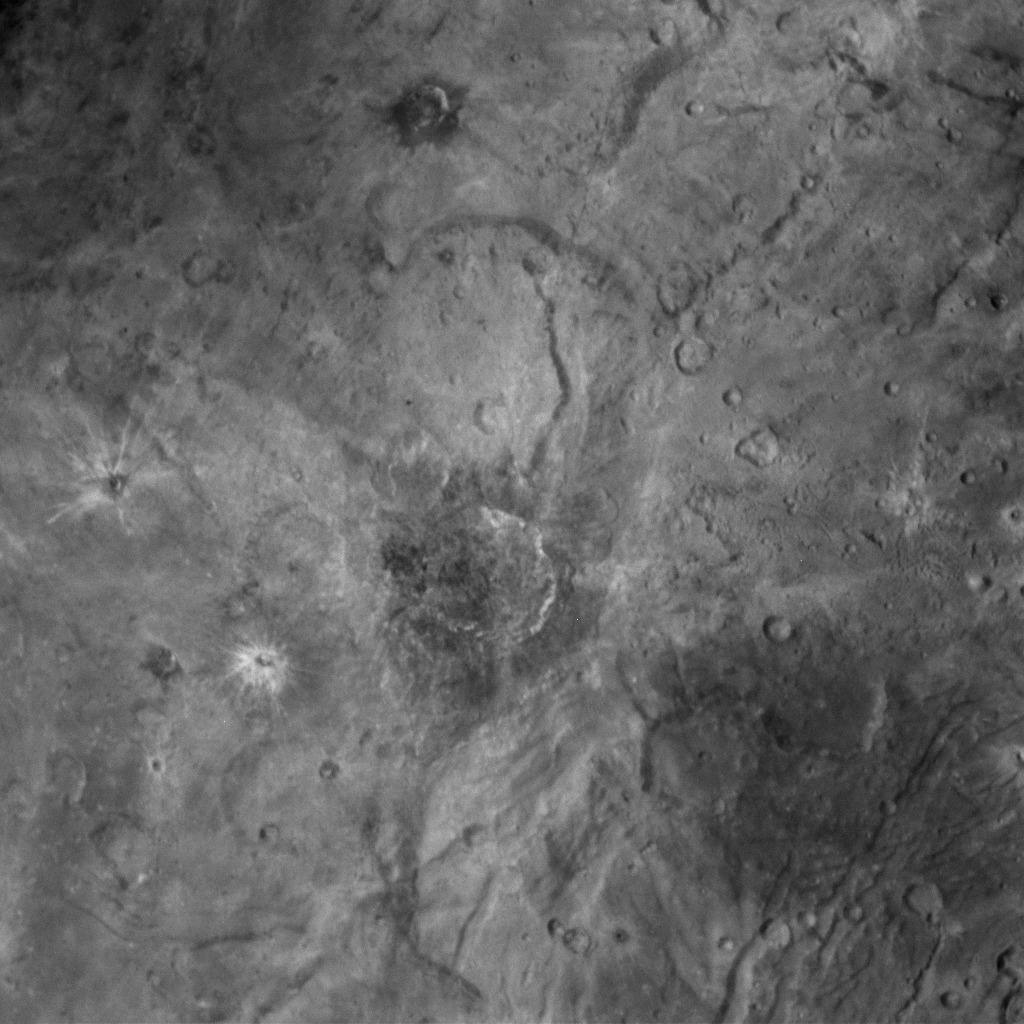
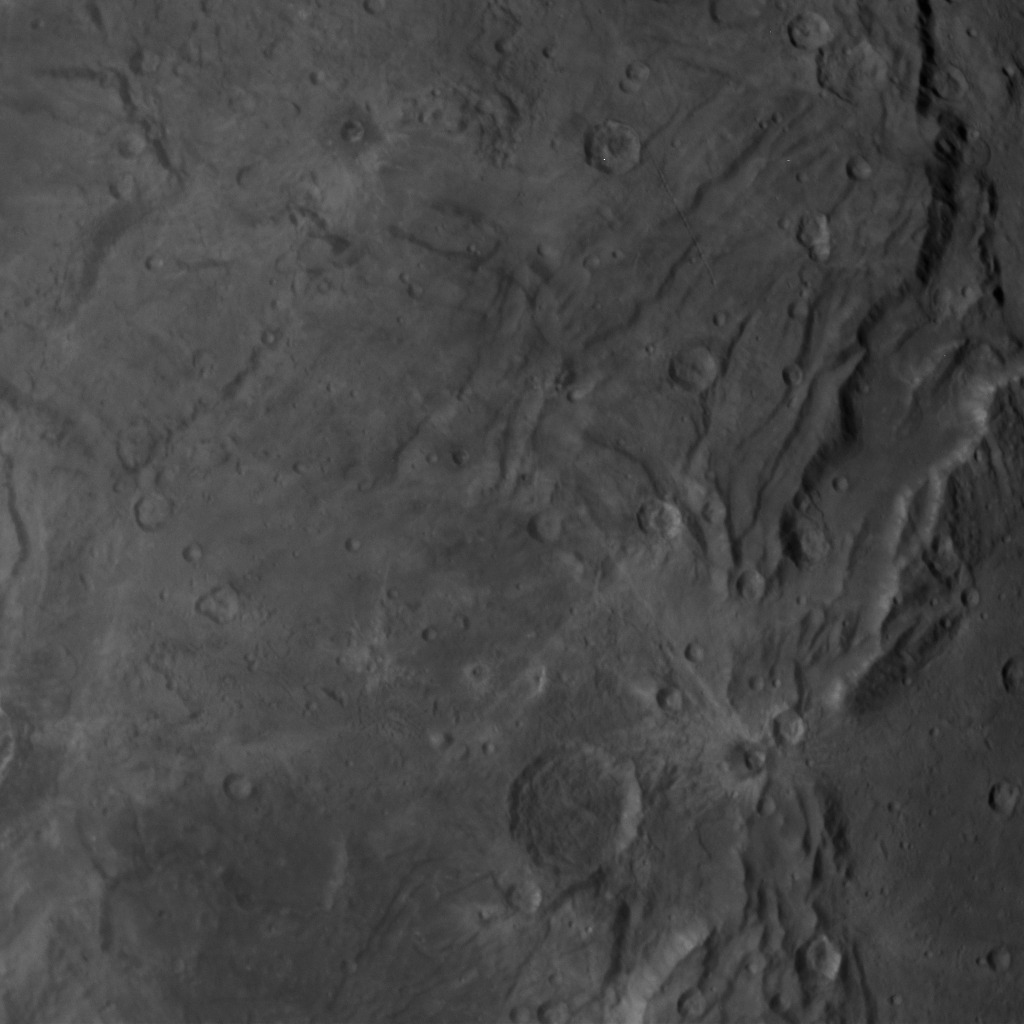
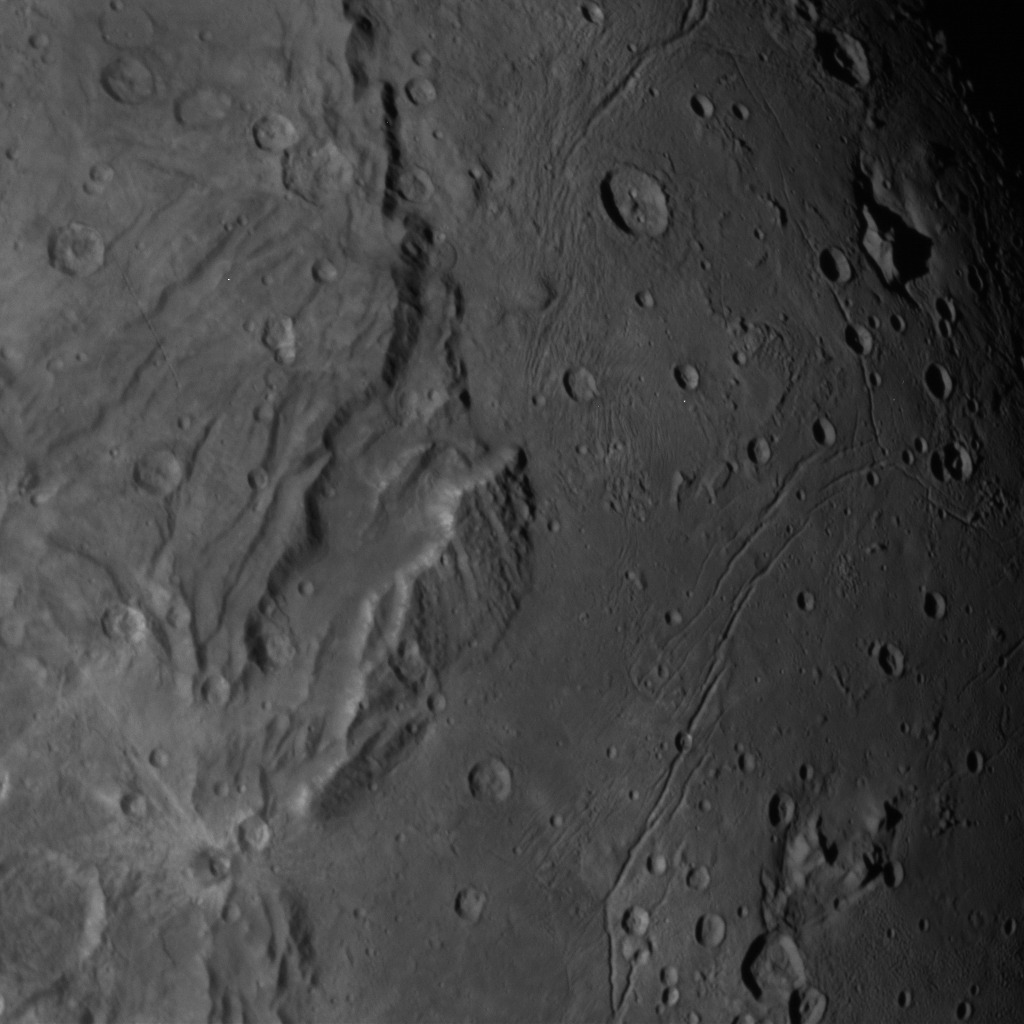

Or, putting high-res Charon all together,
